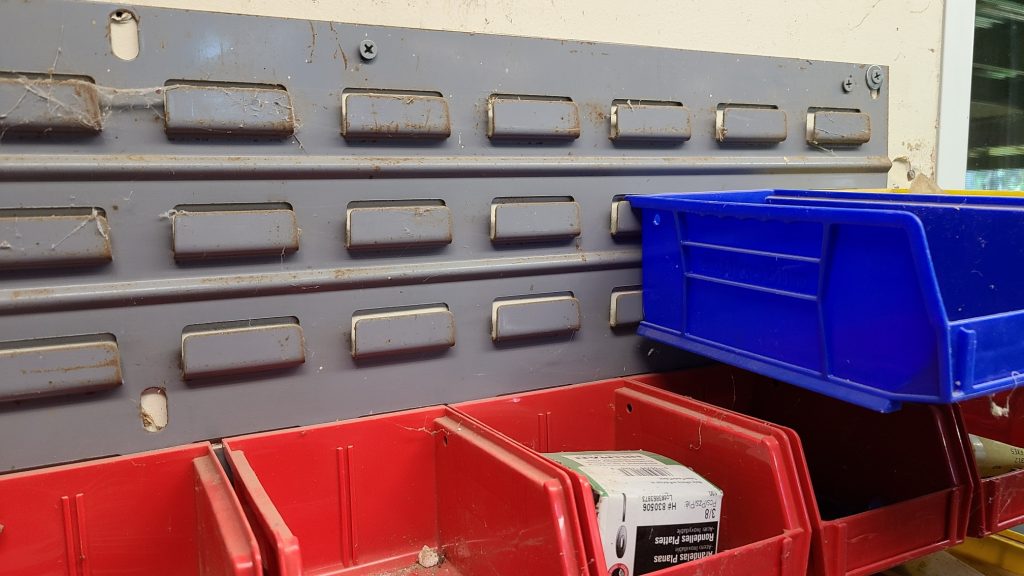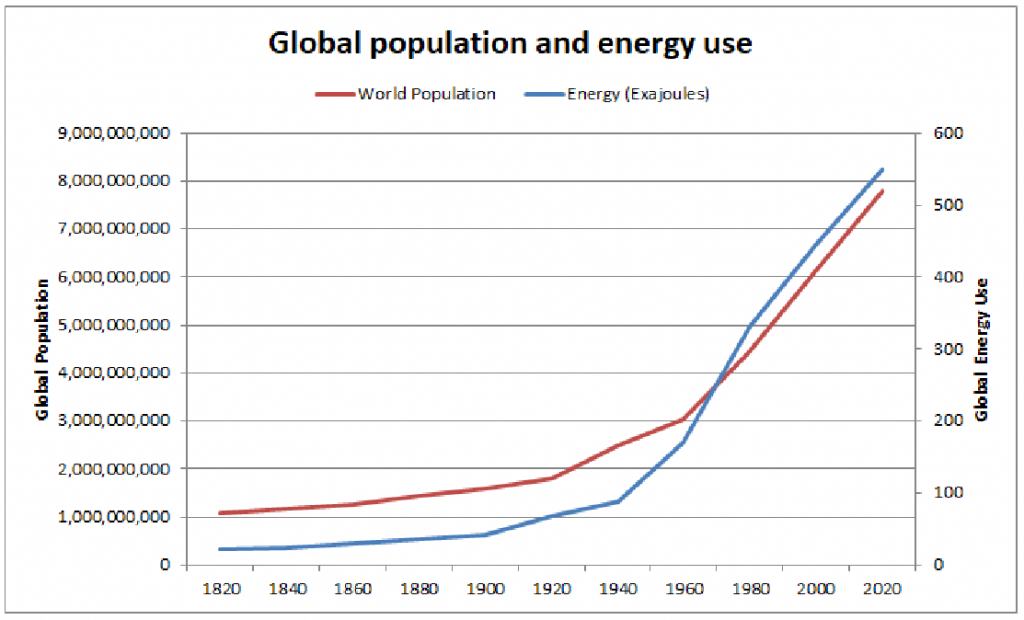Last Friday I watched a CNN special on Qanon. It was very interesting for many reasons, not least of which was the idea that Q is supposedly an actual person that is providing “hints” to his/her/their followers about things to check out, and what to look for. The approach seems to be to launch a “theory” that is usually a radical claim of some sort or another (such as there being overwhelming election fraud, or global warning is a hoax, or Bill Gates is doing whatever he is suspected of doing this week). The “hints” provided by Q give some directions concerning what to look for when researching the validity of the theory – and some hints of how to interpret the things that are found. These hints get passed around and changed by the followers in much the same way as the game of “postoffice” changes the messages shared from person to person. It seemed to be a little like those computer games where you explore all sorts of unknown and spooky places. The found objects might be numbers in a particular pattern, or colors, or symbols or “special phrases” uttered by powerful people, or…. all sorts things. The point is that the followers are implementing something along the lines of the “scientific approach” in the search for the “real truth.” They have a theory, have an idea of what would support or reject that theory, spend lots of time and effort “researching” the issues, and end up validating their theory. The resultant beliefs are extremely strong and very difficult to change. This is sort of what I do when doing my own “research” on things I hear and see, especially on social media. However, I get good facts instead of crazy ideas. (He says slightly tongue in cheek).
There is another interesting thing that apparently happens when using the on-line search tools. Those tools “remember” you and give answers that are in alignment with your personal interests and beliefs. Therefore, if for example, you are against vaccinations, search on the topic often looking supporting information and then ask a questions concerning their safety and efficacy you will be taken to web sites that support your beliefs that vaccinations are dangerous and not effective. (These new sources of information are usually based upon social media and internet searches rather than original sources.) If however, you are a health care professional doing your normal job and ask the same questions, you will be taken to health care sites that demonstrate their safety and efficacy (usually including lots of data from studies primary source investigations). The result is that one person gets support of their theory that vaccinations are bad and dangerous, the other person gets support of their belief that they are good and beneficial. We are all stuck with trying to find a way to get to the best information without becoming unduly influenced by lies, half-truths, and “cult knowledge” (which isn’t really knowledge at all).
This CNN program brought up the question of what does it take for people to convince themselves that they are correct? It seems like there is perhaps a particular sequence of operations that we, as people, go through in order to solidify our understanding of truth. Maybe it is as simple as what I outlined above. (1) Notice something unknown, (2) make a theory of why that might happen, (3) devise tests to validate or reject the theory, (4) believe. Maybe the very process of researching a theory through experiment, literature research, discussions with others is what counts. If that research somehow gets misdirected, then the outcome is not valid – but we believe it is. There are many, many examples of this kind of thing happening in “real” science, with real scientists doing in-depth oversight reviews and other things to try to find and correct these types of bias errors. It is not just a problem with “them,” it is also a problem for “us.”
The old saw is that in order for a theory to get overthrown you have to wait long enough for the original believers to die. While this is usually said somewhat in jest, there is a very real nugget of truth in it. Once you build a belief into your mind it is extremely difficult to root it out – and scientists are nothing if not strong believers in the fundamental theories. They let the little things change with ease, but try to mess with the fundamentals takes something special – such as Mr. Einstein’s proposition that the reason that the speed of light is always measured to be the same everywhere is that it is! That little question turned into the two theories of relativity and all that followed from them. But it took over 260 years, and dozens of experiments by as many top scientists to finally decide that perhaps Newton was fundamentally wrong. Beliefs backed up by extensive observation, testing and research are difficult to shake – whether the person is someone following Qanon or Newton.
This brings me to a fundamental question: “Are American’s beliefs being tampered with by enemy agents? (internal or external). And if so, is there a means of intervening? Are we actually being the subject of outside agents using “mind control” techniques, or are we just unable to recognize reality because we haven’t learned how to do so?


